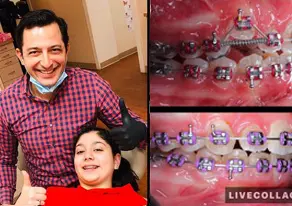If you have been putting off straightening your teeth because you think traditional metal braces are the only option out there, you will be happy to know that there are other options for straightening teeth available. For decades, traditional metal braces were the gold standard in orthodontics to fix misalignments in the teeth and the jaws. However, with today’s advanced technology, there are many ways to get a perfect smile.
How Do Braces Work?
An orthodontist bonds a bracket to the front of each tooth. Wires and elastic bands connect and anchor the brackets. Braces work by placing pressure on teeth to gradually shift them into alignment. The wire is periodically adjusted by the orthodontist to maintain pressure for the next phase of shifting.
Patients typically wear braces for 15 to 18 months.
Types of Problems Braces Fix
- Crossbite
- Overbite
- Underbite
- Overcrowding
- Crookedness
- Gaps between teeth
Benefits and Disadvantages
- The main benefit of wearing braces is that your treatment will continue without interruptions such as forgetting to put them back in since you can’t remove them.
- Disadvantages include certain dietary restrictions, the development of sores and discomfort in the mouth, and difficulty brushing and flossing as well as cleaning your braces.
Cost
Traditional metal braces cost between $3,000 and $7,000.
Options for Straightening Teeth Other Than Traditional Braces
Advances in orthodontic treatments have given patients several other options they can choose to fix their teeth, some better than others. Depending on the severity of your dental problem and the overall condition of your teeth, you could very well be a good candidate for one of these treatments.
Clear Ceramic Braces
- Ceramic braces are a type of self-ligating style of braces, which is a system within each bracket that holds and maintains tension on the archwire to gradually put pressure on the teeth to shift them into alignment. With traditional braces, elastic bands would accomplish this task.
- Benefits of ceramic braces include being less visible than traditional braces because they come in clear or natural tooth color. You can also choose different colors. The brackets are smaller to decrease potential discomfort. They are also quicker to bond and remove, making orthodontist appointments shorter.
- Ceramic braces are a game-changer, but that also comes with a price tag that is higher than traditional braces at $4,000 to $8,000. If the extra cost doesn’t bother you, ceramic braces could be the right treatment you have been seeking.
Lingual Braces
- Lingual braces work basically the same way as other options for straightening teeth by gradually shifting teeth into alignment by putting pressure on them after bonding. However, lingual braces are bonded to the back of your teeth instead of the front like traditional metal braces.
- Lingual braces are not as noticeable because they are bonded to the back of the teeth, so you don;t have to feel anxiety about smiling.
- Disadvantages include more initial discomfort and a possible lisp when speaking. Treatment duration is also a bit longer at 18 to 36 months and not all misalignments are treatable with lingual braces.
- The cost of lingual braces is between $8,000 to $10,000 because of the difficulty of installing them.
Damon Braces
- Damon braces are yet another type of self-ligating braces that work via the brackets holding the archwire in place instead of elastics, offering patients more efficiency and comfort throughout treatment.
- Brackets can be any color, including natural tooth color. Other benefits include better facial balance and less friction in the mouth, easier to clean, and fewer orthodontist visits.
- The cost of lingual braces is between $4,000 and $8,000.
Invisalign®
- Invisalign® is a set of removable clear aligner trays that fit over your teeth. Each set is made using multiple layers of medical-grade plastic. Made to specifically fit your teeth, the aligners feature rounded edges for maximum comfort. Just like braces, an impression of your teeth helps the orthodontist create your aligners. You will then wear your aligners for up to 22 hours every day. After two weeks, you will switch to a new set to begin the next stage of shifting.
- Benefits of Invisalign® include easier cleaning because the trays are removable, no dietary restrictions, virtually invisible to everyone around you, potentially faster treatment completion between 12 to 18 months, and the ability to easily switch to braces if the aligners are not working out.
- The cost of Invisalign® is comparable to traditional braces at $3,000 to $7,000.
AcceleDent®
For patients who would like more control over their treatment with braces and Invisalign®, AcceleDent® is one of the latest orthodontic tools available today.
AcceleDent® is a hands-free device a patient uses for 20 minutes a day to deliver micro pulses that stimulate tooth movement. Invisalign® and braces work by gradually shifting teeth into alignment. Adding AcceleDent® to your daily routine can speed up the process.
The device also comes with an app that can track usage from any location with any device. This gives you the ability to set up a reminder to yourself to use it. And you can do so while knowing that your data is secure and HIPAA compliant.
Other Options
- Dental crowns can visually straighten your teeth to make them appear in alignment. However, while this method helps you avoid braces, the price per crown will run from $500 to as much as $3,000 per tooth.
- Veneers are another viable visual option, but those will cost you $900 to $2,500 per tooth and will only last a decade or two.
- Dental bonding is a process in which the orthodontist sculps your tooth into a new shape to make it appear straighter. This process costs $300 to $600 per tooth and will cost you some enamel that you would keep by using braces or clear aligners.
Overall, these options really should only be chosen for minor misalignment issues, such as single tooth misalignments. If multiple teeth need realignment, the best and cheapest options would be braces or Invisalign®.
Get The Best Options For Teeth Straightening Today!
Seeking treatment for your teeth misalignment doesn’t have to be a chore fraught with anxiety and no choices. There are many options for straightening teeth on the market that you may not have even heard of until now. Halabi Orthodontics is ready to help you learn more about these treatment options so you can pick the right one for you. Call us today at 718-676-5000 or visit our website to set up a complimentary consultation. Your journey for a new smile starts now.

 CURRENT PATIENT NUMBER
CURRENT PATIENT NUMBER
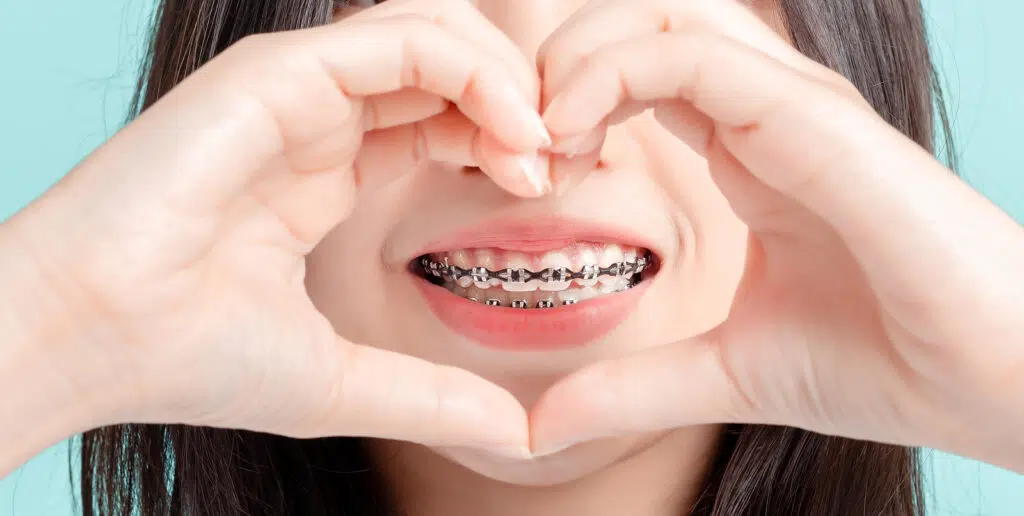
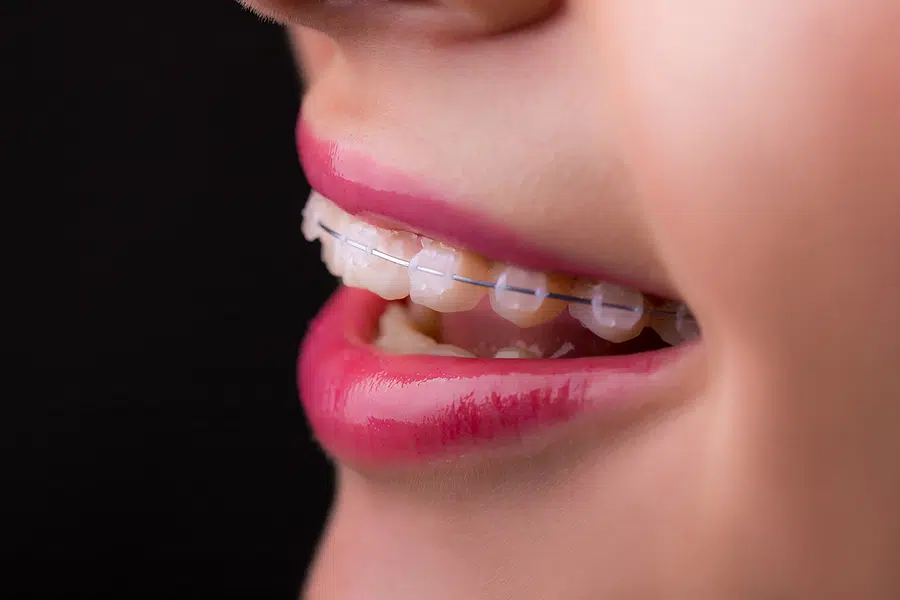

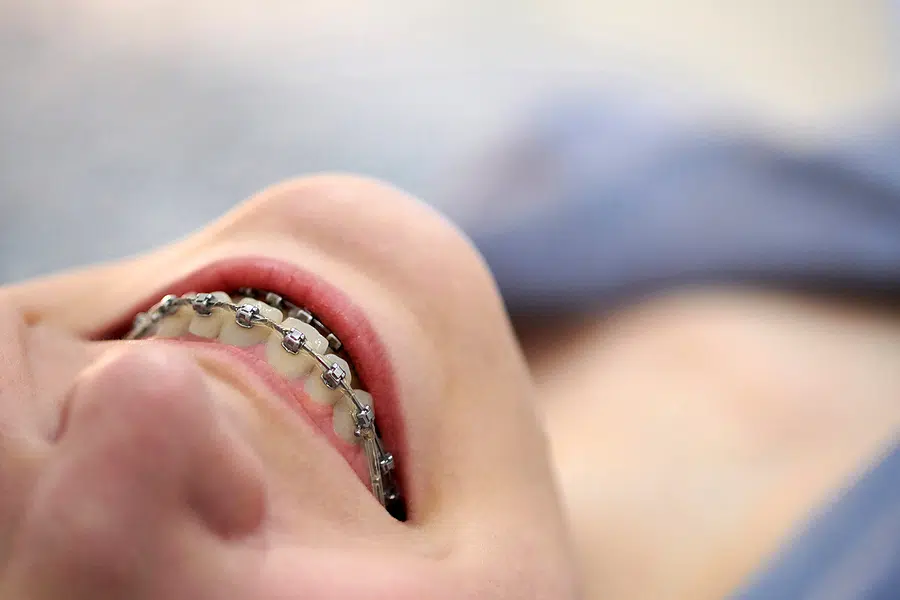
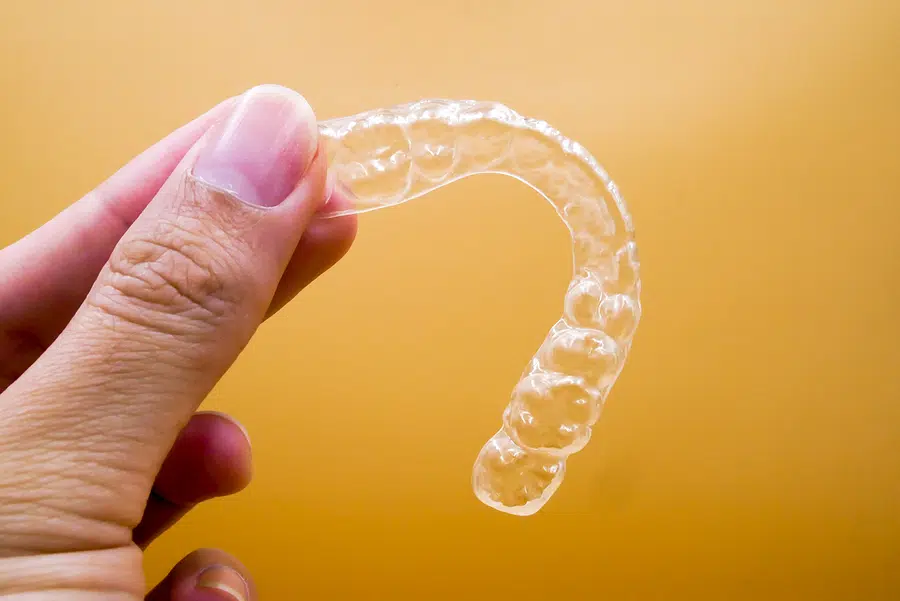

 What patients are saying
What patients are saying Your smile our passion
Your smile our passion News and Events
News and Events